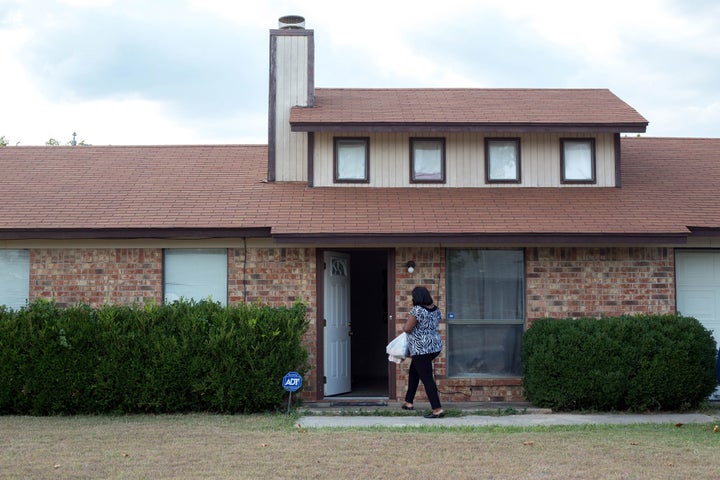
As the deadline to end veteran homelessness fast approaches, additional research has proven that eliminating the issue lay in a simple approach: providing housing.
Numerous studies have concluded that giving housing to homeless people is a cost-effective and surefire way to keep them off of the streets. And a new report has found that that same approach also works to keep at-risk veterans housed, healthy and better equipped to get jobs, despite the fact that this demographic often faces greater medical and disability issues than the general population.
The Veterans Homelessness Prevention Demonstration, one of the first groups to target post-9/11 veterans, released a report on Thursday highlighting the successes of a three-year pilot program, which provided housing and case management services to 2,023 homeless and at-risk veterans.
At the conclusion of the program, the group found that just 6 percent of participants were homeless.
The program followed the “housing first” model, which pushes providing shelter to people in need first, and then addressing their health and employment issues.
It’s an approach that successful U.S. cities and states have implemented in order to meet the Obama administration’s goal of ending veteran homelessness by the end of 2015.
Virginia became the first state to “functionally” end veteran homelessness in November. That means the state has housed every homeless veteran who was open to receiving help and could shelter a veteran in need within 90 days.
To effectively address the needs of its clients, VHPD partnered with the Department of Housing and Urban Development, the Department of Veterans Affairs and the Department of Labor, in order to rapidly house at-risk veterans and those who were homeless for less than three months.
HUD funds for each household ranged from $3,513 to $5,626 to cover the program’s costs.
Participants were assigned to one of five sites around the U.S. where they were given housing assistance, health care and employment services.

The median length of stay for participants was 84 days before transitioning to a long-term housing solution.
While the program followed the standard housing first model, it had to tailor the approach in order to address the specific obstacles that veterans face.
For example, 44 percent of clients rated their health as “poor.” That’s “remarkably high,” according to the report, considering that fewer than one in 10 people in the U.S. are in fair or poor health.
This demographic also faces additional challenges when it comes to securing employment.
Forty-three percent of veterans reported being unable to work due to a disability.
But by connecting veterans with benefits programs, and providing job assistance to those who are able to work, the program was able to significantly increase clients’ incomes.
At the conclusion of the program, the average household’s income increased by 43 percent to $1,535.
Part of the program’s success hinged on its ability to cull resources from multiple agencies to immediately address crisis situations.
Jannet Taylor, a veteran who served more than a dozen years in the Army and National Guard Reserve, was one of the clients who benefited from the program’s pliability.

After earning her degree, Taylor worked in the nonprofit sector. But after the organization lost its grant funding, the breast cancer survivor lost her job and was at risk of losing her home in 2012.
When learned about VHPD, Taylor enrolled in the organization’s central Texas branch. The group helped stave off her eviction and began working with her on securing a new job. Within four months, Taylor got a job that paid enough for her to keep her house. She now works as medical support assistant at the VA.
“I am in a good place now,” Taylor said in a statement. “Yes, I had some difficult times, but then, I guess without the rain, you can’t enjoy the sunshine.”
Also on HuffPost:


